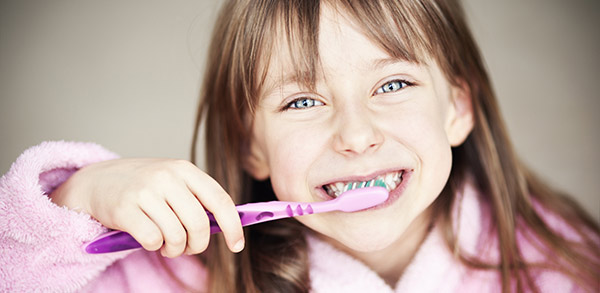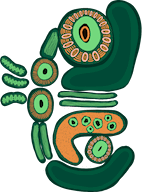
Learn basic teeth cleaning facts & tips
Did you know the first toothbrush was made in China in 1498 using hair from hogs, horses and badgers? Fortunately, we have come a long way since 1498 and today you have access to a wide range of toothbrushes. So which one is best for you? Dentists recommend a toothbrush with a small head (approximately 1.3 to 2.5 cms) and soft nylon bristles with rounded ends to avoid damaging your gums and teeth.
Once you have found a toothbrush that you are comfortable with, don’t forget to change them for a new toothbrush every three to four months or as soon as the brush looks like a shaggy dog with splayed bristles. If you have been sick it’s advisable to get a new toothbrush as soon as you are feeling better. You may need to change children’s toothbrushes a little more often as they tend to brush a little harder and /or chew on the brush head and the bristles quickly scuff.
If you prefer to use an electric toothbrush remember to change the heads as frequently as you would your hand held toothbrush.
It’s important to brush your teeth at least twice a day and use toothpaste that contains fluoride to help strengthen and protect against tooth decay.
Most dentists recommend brushing for two minutes, making sure that you use short, gentle strokes to brush all surfaces of your teeth and also your gumline. You should also remember to brush the top of your tongue, where plaque can build up.
